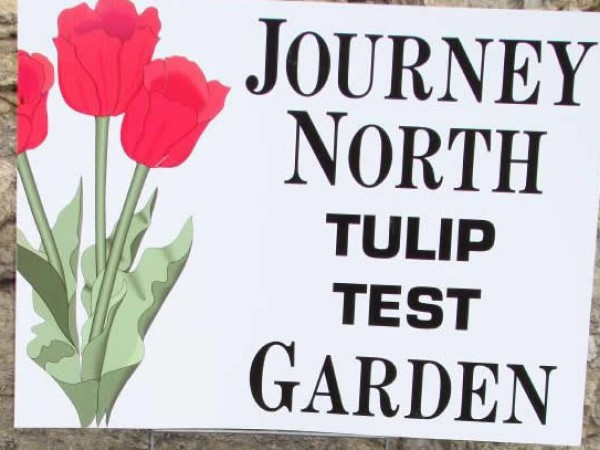Experimental Gardens
What if...?
Driving Question: What variables might affect how tulips grow?
After planting your official test garden according to planting instructions, explore how different variables might affect plants by asking "What if..." questions. Then try planting an experimental garden.
1. Ask "What If....?" Questions
After planting the official test garden according to protocol, ask questions that encourage students to wonder what would happen if they broke the rules: What if we planted the bulbs at different depths? What would happen if we planted the bulbs in full shade? As a class, brainstorm a list of questions related to how variables might affect tulip growth. Review the importance of controlling variables in a scientific experiment as you discuss why the planting protocol is necessary for test gardens: to ensure that all variables are treated the same way in every garden. The only difference between all of the the gardens in the project is their location in the Northern Hemisphere.
2. Identify Testable Questions
Go through the questions generated and find 1-3 that students would like to explore further. Encourage them to think about which variables are testable. Challenge them to think about how to control variables in order to scientifically document through experimental methods.
3. Design Investigations
Divide students into groups. Group members discuss which questions most interest them and decide on one to explore. Allow younger students to try out their ideas. Remind older students that they should test only one variable (e.g., planting depth) at a time. Use the journal page to organize each group's plan for their investigation.
4. Plant Experimental Garden Plots
Plant an experimental garden plot to test each question you'd like to investigate. You can later compare outcomes to your official Journey North garden, which will serve as a "control." A good labeling system will help when plants begin to grow in the spring.
5. Journal
Revisit the journal page in late winter or spring after observing their experimental plots and comparing them with their official Journey North gardens. Wrap up the experiment with a conclusion and a report of the results.
6. Important: Next Spring
ONLY report to Journey North about your Official Journey North garden. Use the "Comments" section of your report to tell us what you learned from your experimental garden plots.


